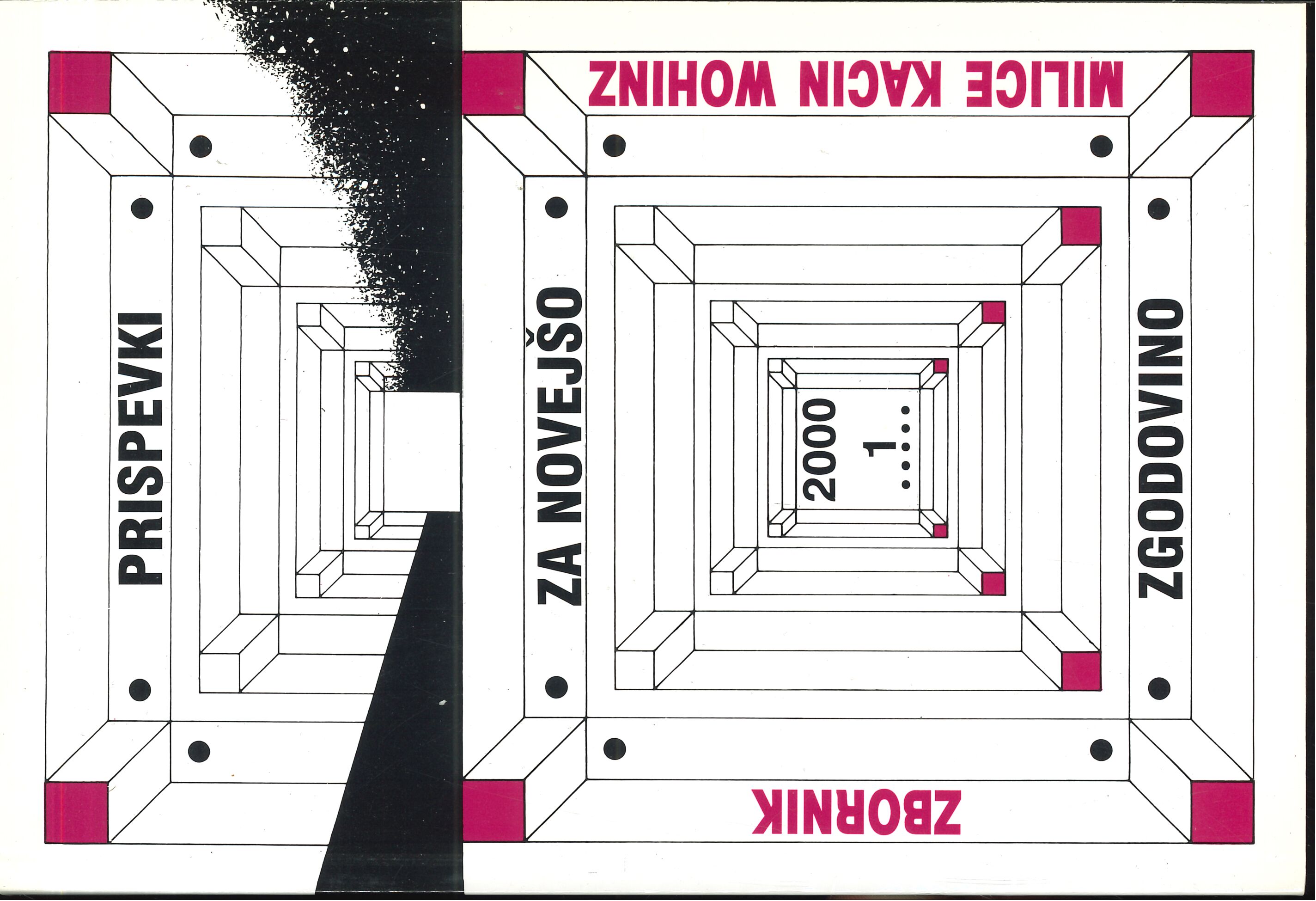A Contribution to the Plan for a Synthesis of the History of (Croatian) Istria in the Period of the Kingdom of Italy
Keywords:
Istria, Italy, Fascism, denationalisation, National Liberation WarAbstract
In his article the author presents us with a comprehensive overview of the landmarks of the development of (Croatian) Istria in the period between World War I and II. The developments during this period are connected to the past of this region as up until the year 1797, the Istrian peninsula was divided up between the Venetian and the Hapsburg Monarchy. From the collapse of Austria-Hungary in 1918, up until 1943, Istria shared the destiny of other Slovene and Croatian territories which were under the rule of the Kingdom of Italy. The organized ethnic cleansing of the majority of the Croatian population begun in this period was financed by the state and continued even more brutally by the Fascists. Thus, armed attempts at resistance and other resistance movements were smothered in blood, Croatian institutions destroyed, violent means implemented, and denationalization legalized. The National Liberation War started in Istria in 1941 and the first detachment of resistance fighters was formed in 1942. After the collapse of Italy in September 1943, the Provincial National Liberation Committee independently declared the secession of Croatian Istria from Italy and its unification with the Croatian homeland in Yugoslavia. The declaration was ratified at the Second Meeting of the Anti-Fascist Council of the National Liberation of Yugoslavia.
Downloads
Published
Issue
Section
License
Authors who publish with this journal agree to the following terms:
- Authors retain copyright and grant the journal right of first publication with the work simultaneously licensed under a Creative Commons Attribution License that allows others to share the work with an acknowledgement of the work's authorship and initial publication in this journal.
- Authors are able to enter into separate, additional contractual arrangements for the non-exclusive distribution of the journal's published version of the work (e.g., post it to an institutional repository or publish it in a book), with an acknowledgement of its initial publication in this journal.
- Authors are permitted and encouraged to post their work online (e.g., in institutional repositories or on their website) prior to and during the submission process, as it can lead to productive exchanges, as well as earlier and greater citation of published work (See The Effect of Open Access).


